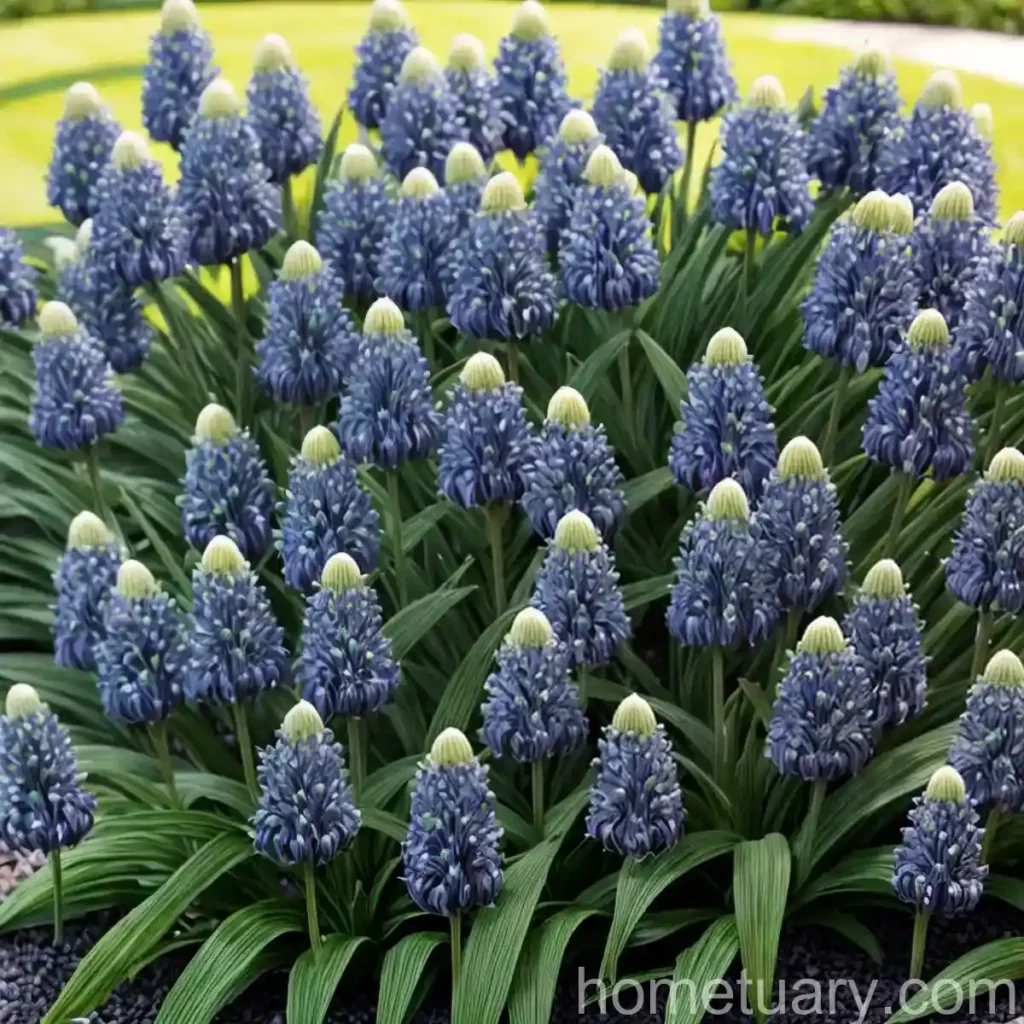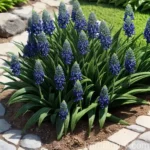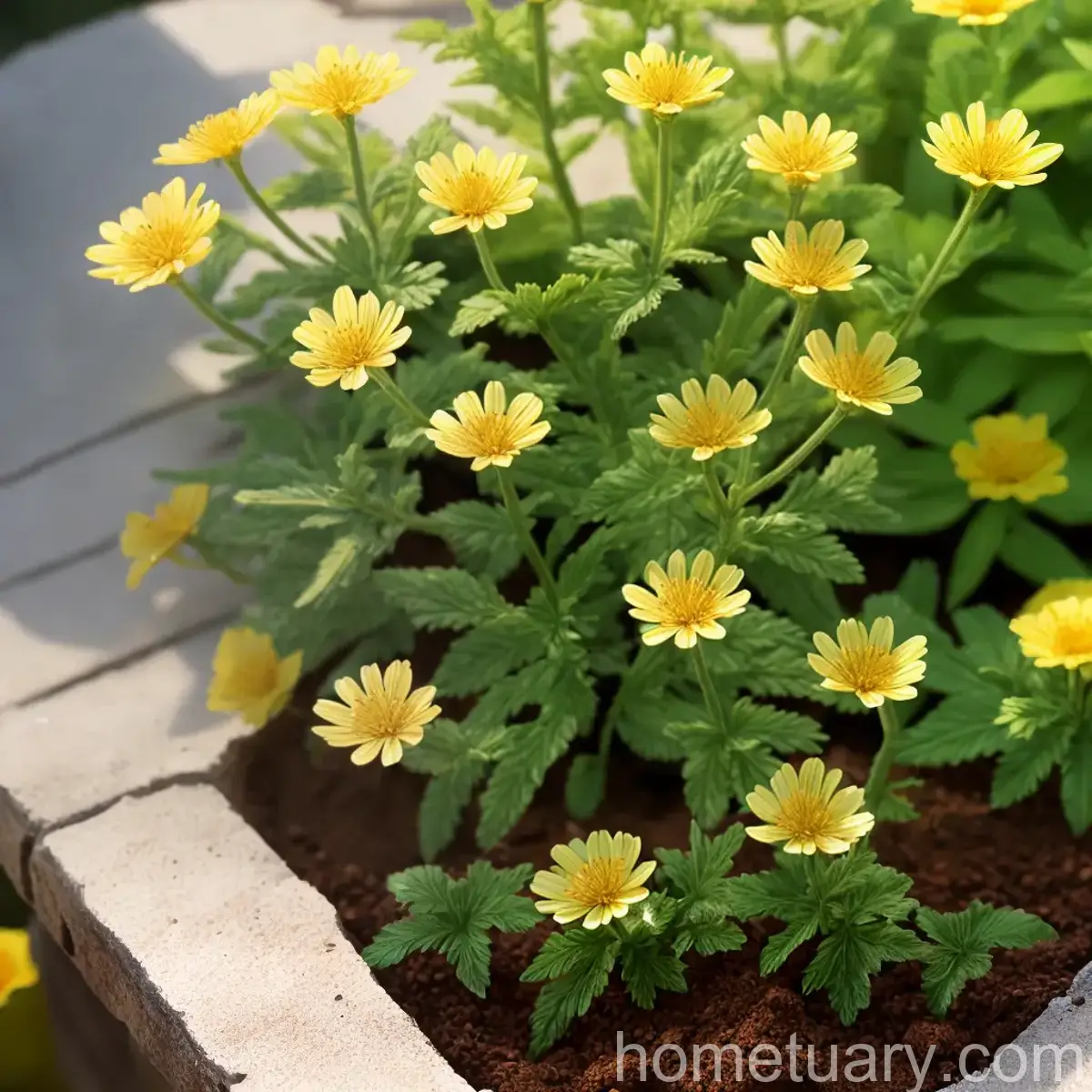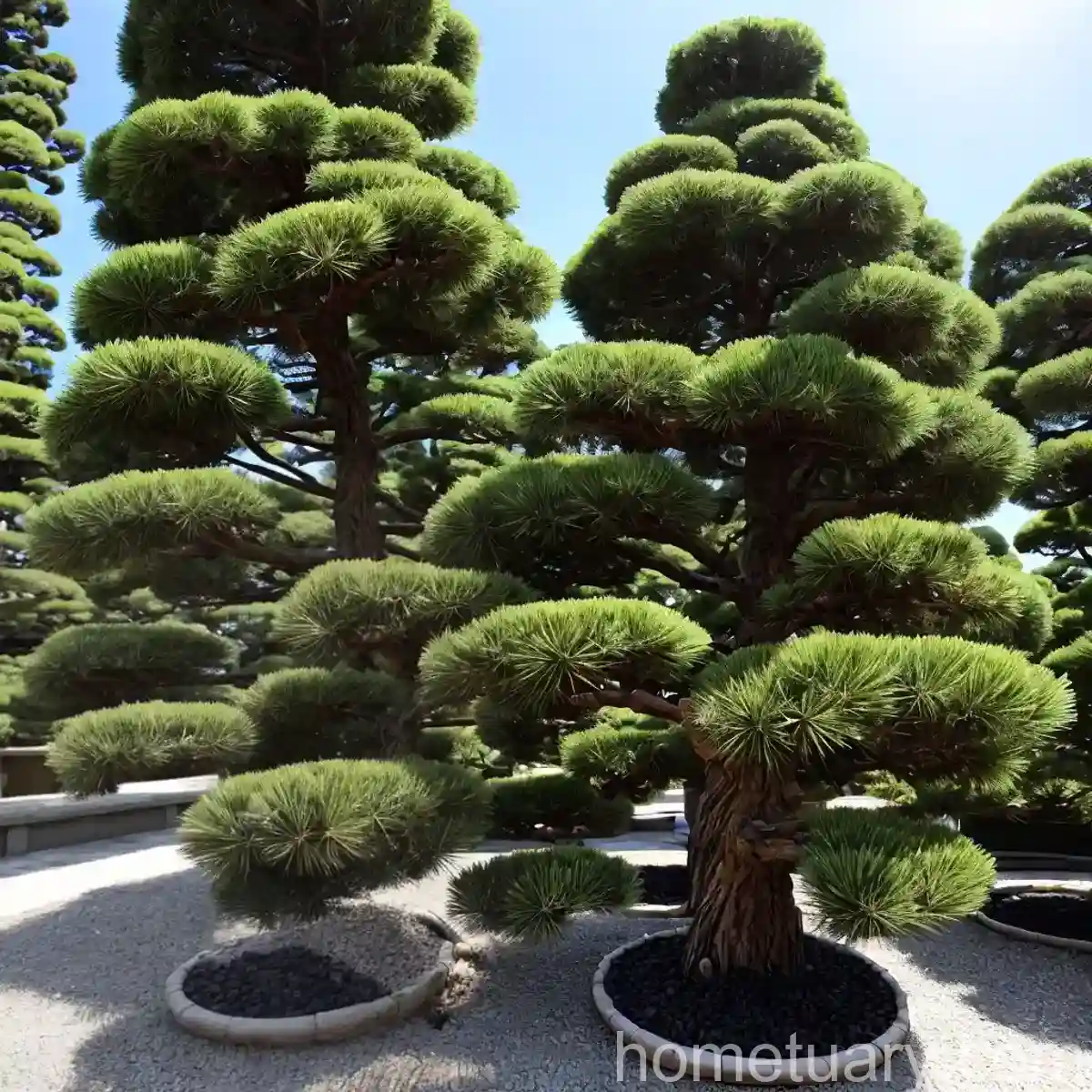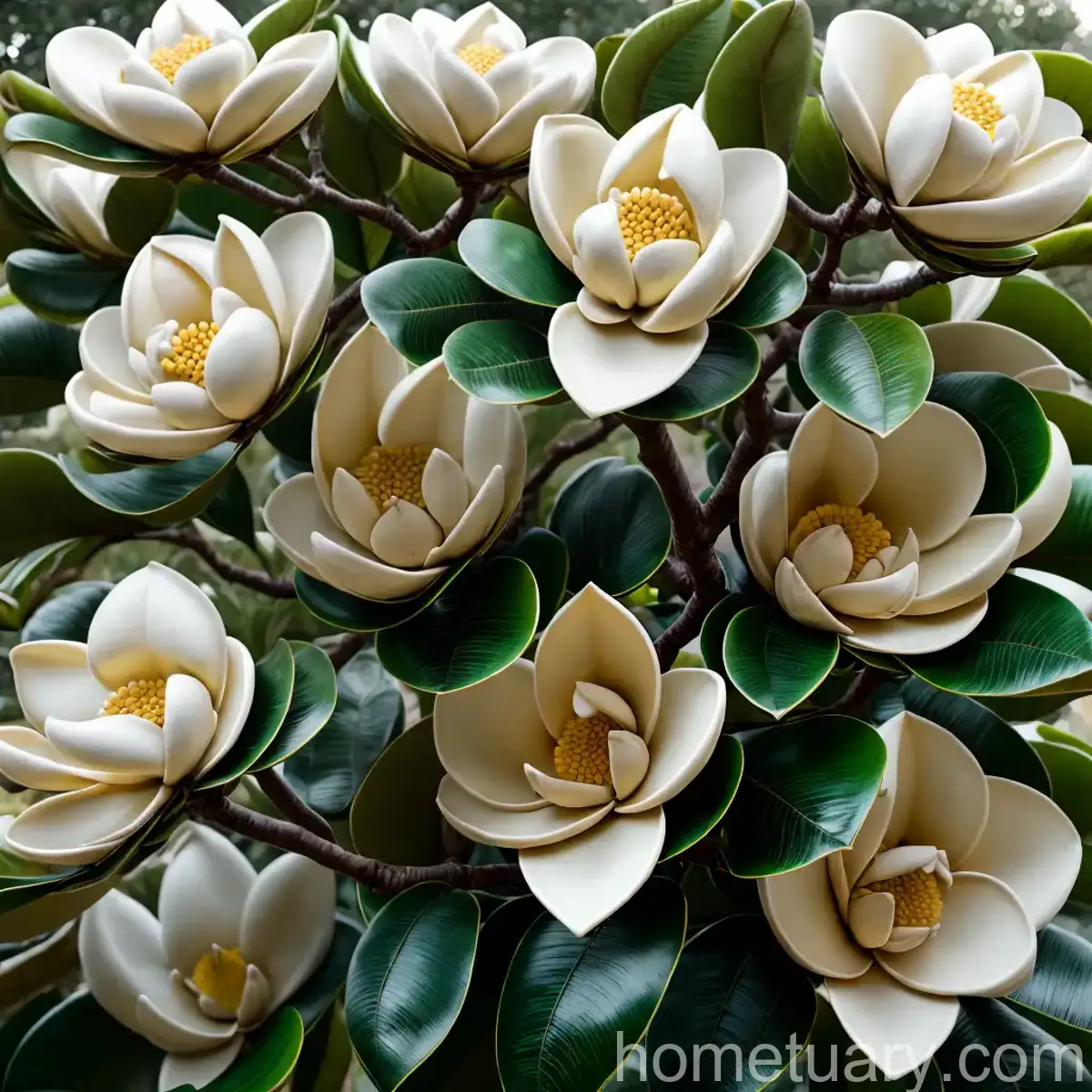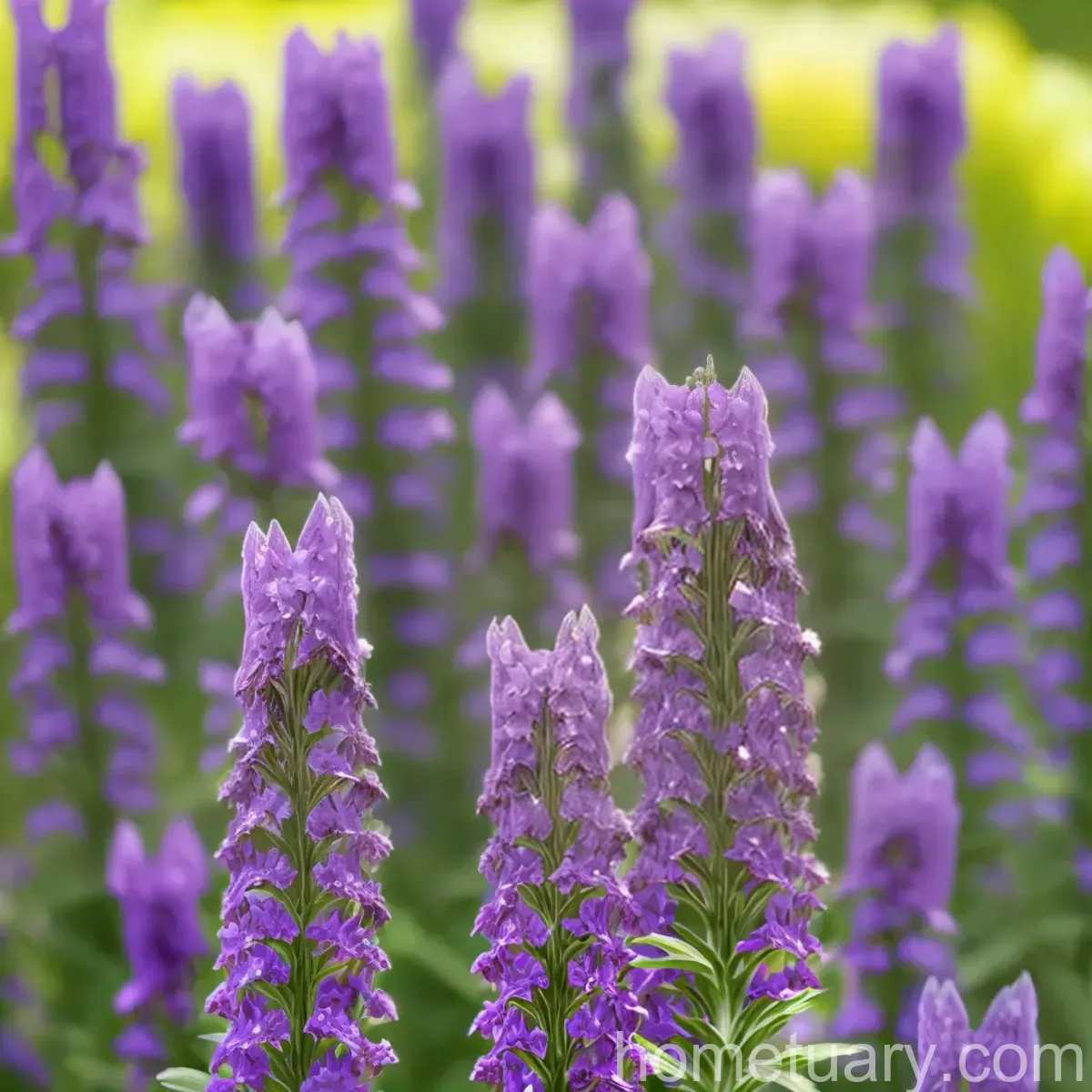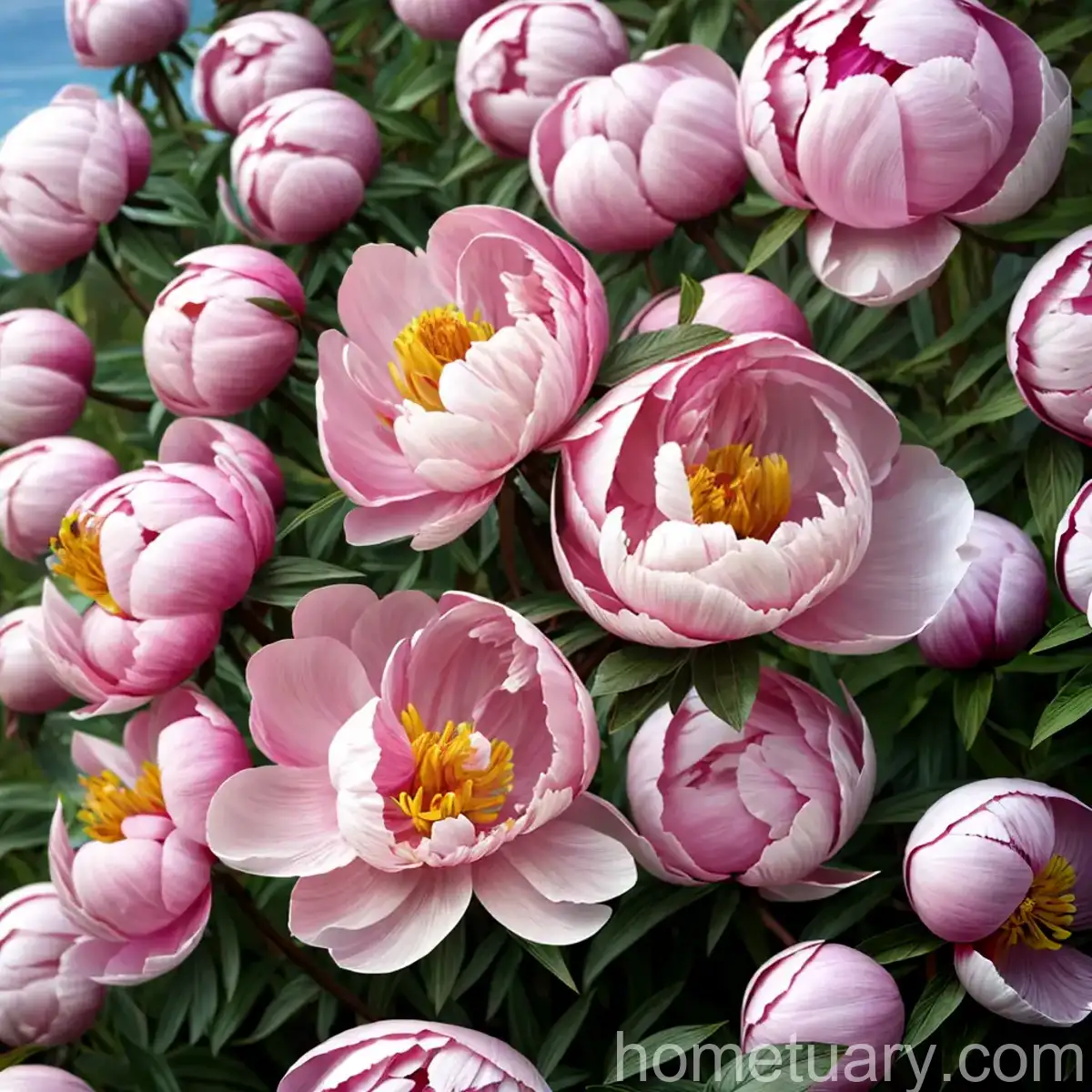Plant Spotlight: Lily Turf (Liriope muscari ‘Majestic’)
Lily turf, also known as Liriope muscari ‘Majestic’, is an incredibly versatile and beautiful plant that deserves a place in any garden landscape. In this comprehensive guide, we’ll explore the key aspects of lily turf, from its cultural needs and maintenance to its uses in landscaping and its propagation. Whether you’re a seasoned gardener or a novice enthusiast, this article is your one-stop resource for all things lily turf.
What is Lily Turf?
Lily turf, scientifically known as Liriope muscari ‘Majestic’, is a member of the Asparagaceae family, native to East Asia, including China and Japan. It is a clump-forming perennial that produces grass-like, dark green leaves and striking spikes of lavender flowers in late summer. The ‘Majestic’ cultivar, in particular, is celebrated for its vigorous growth habit, vivid foliage color, and its ability to thrive in various environmental conditions.
Key Takeaways – Lily Turf (Liriope muscari ‘Majestic’)
Before delving into the intricacies of cultivating lily turf, let’s highlight some key takeaways about this remarkable plant. Here are some essential points to remember:
-
Lily Turf Plants are a type of clump-forming perennial known for their attractive grass-like foliage and elegant flower spikes.
-
Liriope muscari ‘Majestic’ Species represents a specific cultivar of lily turf celebrated for its vigorous growth and visually appealing characteristics.
-
Lilyturf Plant Care involves understanding its cultural needs, including water, sunlight, soil, and fertilization requirements.
-
Lily Turf Landscaping offers a versatile and attractive ground cover option for various garden designs, from urban landscapes to traditional garden settings.
-
Liriope muscari Cultivars present a range of options for gardeners, including the ‘Majestic’ variety, each with unique features and growth habits.
Now that we have outlined the primary focus areas, let’s explore the various aspects of lily turf in depth.
Culture
Uses
Lily turf has a wide range of uses in landscaping, making it a favorite for both residential and commercial settings. Some common applications of lily turf in garden design and landscaping include:
- Ground cover for borders and edging.
- Mass plantings in large landscape areas.
- Underplanting trees for a lush, layered appearance.
- Container landscaping, adding texture and color to potted arrangements.
- Erosion control on slopes and in areas prone to soil runoff.
- Filler plant in mixed perennial beds.
The versatility of lily turf makes it a valuable addition to any garden or landscape project, offering both aesthetic and functional benefits.
Water
Watering is crucial for the healthy growth of lily turf, especially during its establishment phase. Here are some key points to consider when watering lily turf:
- Establishment: Newly planted lily turf should be watered regularly to keep the soil consistently moist for the first few weeks.
- Established Plants: Once established, lily turf is relatively drought-tolerant. However, during periods of prolonged drought or extreme heat, it’s essential to provide supplemental watering to maintain healthy growth.
- Soil Moisture: Ensure that the soil remains evenly moist, especially during the plant’s active growth periods.
Sunlight
Sunlight plays a significant role in the growth and development of lily turf. Understanding its sunlight requirements is essential for ensuring optimal performance in the garden. Some key points to note regarding sunlight for lily turf include:
- Full Sun: While lily turf can tolerate partial shade, it performs best in a location with full sun to partial shade, receiving at least 4-6 hours of direct sunlight per day.
- Leaf Color: Adequate sunlight exposure enhances the plant’s leaf color, promoting the development of rich, vibrant foliage.
Fertilizer
Proper fertilization is essential for maintaining the health and vigor of lily turf plants. When it comes to fertilizing lily turf, consider the following recommendations:
- Timing: Apply a balanced, slow-release fertilizer in early spring to support healthy growth throughout the growing season.
- Frequency: A single annual application of fertilizer is generally sufficient for lily turf. Avoid over-fertilization, as this can lead to excessive foliage growth at the expense of flower production.
- Soil Testing: Conduct soil tests to determine the specific nutrient needs of the planting area, and adjust the fertilizer application accordingly.
Soil
The soil in which lily turf is planted significantly influences its overall health and performance. Consider the following soil-related guidelines for lily turf cultivation:
- Well-Drained Soil: Lily turf thrives in well-drained, slightly acidic to neutral soil. Amending heavy clay soil with organic matter can improve drainage and create an optimal growing environment for the plant.
- Soil Moisture: While lily turf prefers moist soil, it is susceptible to root rot if planted in waterlogged conditions. Avoid waterlogged or poorly drained soils, as they can lead to plant decline and fungal diseases.
Pruning
Pruning plays a vital role in maintaining the appearance and health of lily turf plants. Proper pruning practices can help manage the plant’s growth, promote flowering, and rejuvenate older clumps. Here are some essential pruning considerations for lily turf:
- Spring Pruning: Trim back any winter-damaged foliage in early spring to encourage the emergence of new growth.
- Deadheading: Remove spent flower spikes as they fade to promote additional flowering and maintain the plant’s tidy appearance.
- Division: Every few years, divide mature lily turf clumps to rejuvenate the plants and prevent overcrowding.
Propagation
Lily turf can be propagated through various methods, including division, seed sowing, and rhizome or offset cuttings. Here’s a brief overview of the propagation techniques commonly used for lily turf:
- Division: Division is the most common and straightforward method for propagating lily turf. It involves separating the plant’s clumps into smaller sections, each with their own roots and foliage. Division is typically performed in early spring or early fall.
- Seed Sowing: While possible, lily turf seeds can be slow to germinate and may not produce plants that are true to the parent cultivar. Consequently, division or rhizome cuttings are the preferred propagation methods for maintaining the characteristics of the parent plant.
- Rhizome or Offset Cuttings: This method involves removing and rooting offsets or rhizome sections from the parent plant to produce new individuals. It is an effective way to propagate lily turf and maintain the desired traits of the parent plant.
Container Popularity
Lily turf’s adaptability makes it well-suited for container gardening, offering an excellent option for adding texture and interest to outdoor spaces and patios. When selecting containers for lily turf, prioritize those with adequate drainage holes to prevent waterlogging and root rot. Ensure that the chosen containers are large enough to accommodate the plant’s root system and promote vigorous growth.
Common Diseases
Lily turf is relatively resistant to diseases and pests, especially when grown in favorable conditions. However, it can occasionally be susceptible to certain issues, including fungal diseases and foliar problems. Common diseases that may affect lily turf include:
-
Anthracnose: This fungal disease can cause irregularly shaped brown lesions on the leaves of lily turf, leading to leaf dieback and decline.
-
Root Rot: Prolonged exposure to waterlogged soil can result in root rot, causing the plant to wilt and exhibit stunted growth. Maintaining well-drained soil conditions is crucial for preventing this issue.
-
Rust: Rust is a fungal disease characterized by the presence of orange, powdery spores on the leaves of lily turf. It can weaken the plant over time if left unaddressed.
Implementing good cultural practices, such as providing proper air circulation, avoiding overhead watering, and maintaining soil moisture levels, can significantly reduce the risk of these diseases.
Disease Diagnosis
Diagnosing and identifying diseases affecting lily turf involves closely observing the plant’s foliage and overall appearance. Here are some key points to consider when diagnosing potential issues:
- Leaf Symptoms: Look for signs of discoloration, lesions, or unusual markings on the leaves, which can indicate the presence of a disease.
- Plant Behavior: Observe the plant’s growth and vitality. If the plant is exhibiting stunted growth, wilting, or overall decline, it may be a sign of an underlying health issue.
- Environmental Considerations: Take into account environmental factors such as excessive moisture, poor air circulation, and the plant’s overall growing conditions when diagnosing potential diseases.
Common Pests
Lily turf is generally resistant to most pests, but it can occasionally encounter infestations from common garden pests. Some of the pests that may affect lily turf include:
-
Aphids: These small, soft-bodied insects can cluster on the stems and foliage of lily turf, sucking sap from the plant and causing distortion of new growth.
-
Spider Mites: Spider mites are tiny arachnids that can infest lily turf, causing stippled or discolored foliage and the presence of fine webbing on the plant.
-
Slugs and Snails: These mollusks can feed on the leaves of lily turf, leaving behind irregular holes and damage.
Regular monitoring and timely intervention, such as using insecticidal soap for aphids and predatory mites for spider mites, can help manage pest populations and protect lily turf from significant damage.
Botanist’s Tips
To help you achieve success in growing and caring for lily turf, here are some expert tips and recommendations from botanists and horticulturists:
-
Mulching: Apply a layer of organic mulch around lily turf plants to help conserve soil moisture, suppress weed growth, and improve soil structure.
-
Winter Protection: In regions with harsh winters, consider applying a layer of mulch or straw to protect lily turf from frost and temperature extremes.
-
Companion Planting: Pair lily turf with companion plants that share similar cultural requirements, such as hostas, ferns, and ornamental grasses, to create visually appealing garden compositions.
-
Regular Maintenance: Engage in consistent maintenance practices, including weeding, watering, and occasional fertilization, to keep lily turf looking its best throughout the growing season.
By incorporating these expert tips into your lily turf care routine, you can enhance the plant’s health and vitality, ensuring a visually striking and thriving garden display.
Fun Facts
Now, let’s delve into some intriguing and captivating fun facts about lily turf to deepen our appreciation for this remarkable plant:
- In addition to its ornamental value, lily turf has a long history of medicinal use in traditional Chinese medicine, where it has been employed for its purported anti-inflammatory and antioxidant properties.
- Lily turf is known for its ability to tolerate challenging growing conditions, making it an ideal choice for low-maintenance landscapes and urban gardens.
- The ‘Majestic’ cultivar of lily turf is acclaimed for its bold, variegated foliage and striking, showy flowers, adding drama and interest to any garden setting.
Discovering these fun facts not only underscores the unique characteristics of lily turf but also highlights its cultural, historical, and ecological significance.
Links to External Resources
For further information and resources on lily turf (Liriope muscari ‘Majestic’) and related topics, explore the following links to external references and authoritative sources:
-
University of Florida Extension: Liriope muscari ‘Majestic’ – Learn about the cultural and landscape uses of the ‘Majestic’ cultivar of lily turf from the University of Florida Extension.
-
The American Horticultural Society: Liriope muscari ‘Majestic’ – Access detailed plant information and growing guidelines for ‘Majestic’ lily turf from the American Horticultural Society.
-
Royal Horticultural Society (RHS): Growing Liriope muscari – Explore comprehensive advice on the cultivation and care of Liriope muscari, including the ‘Majestic’ variety, from the renowned RHS.
-
Missouri Botanical Garden: Liriope muscari ‘Majestic’ – Gain insights into the characteristics and preferred growing conditions of lily turf ‘Majestic’ with information from the Missouri Botanical Garden.
-
North Carolina State University: Liriope muscari (Majestic Lilyturf) – Discover in-depth plant profiles and management practices for Liriope muscari, including the ‘Majestic’ cultivar, from North Carolina State University.
By exploring the wealth of information available from these reputable sources, gardeners and enthusiasts can deepen their knowledge of lily turf and expand their horticultural expertise.
In conclusion, the enduring appeal and adaptability of lily turf (Liriope muscari ‘Majestic’) make it an exceptional choice for enhancing garden landscapes and adding visual interest to various outdoor spaces. From its cultural requirements and maintenance to its numerous applications in landscaping, lily turf continues to captivate and inspire gardeners and horticultural enthusiasts worldwide. By incorporating the insights and recommendations outlined in this guide, you can cultivate and enjoy the distinctive beauty of lily turf in your own garden, creating a stunning and enduring botanical showcase.

